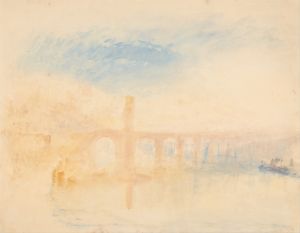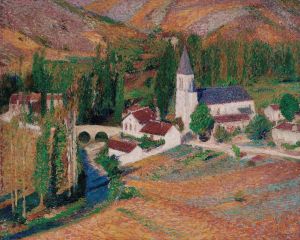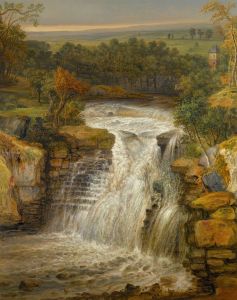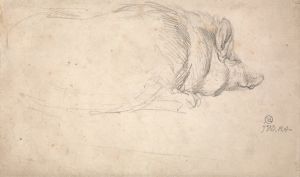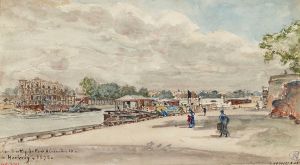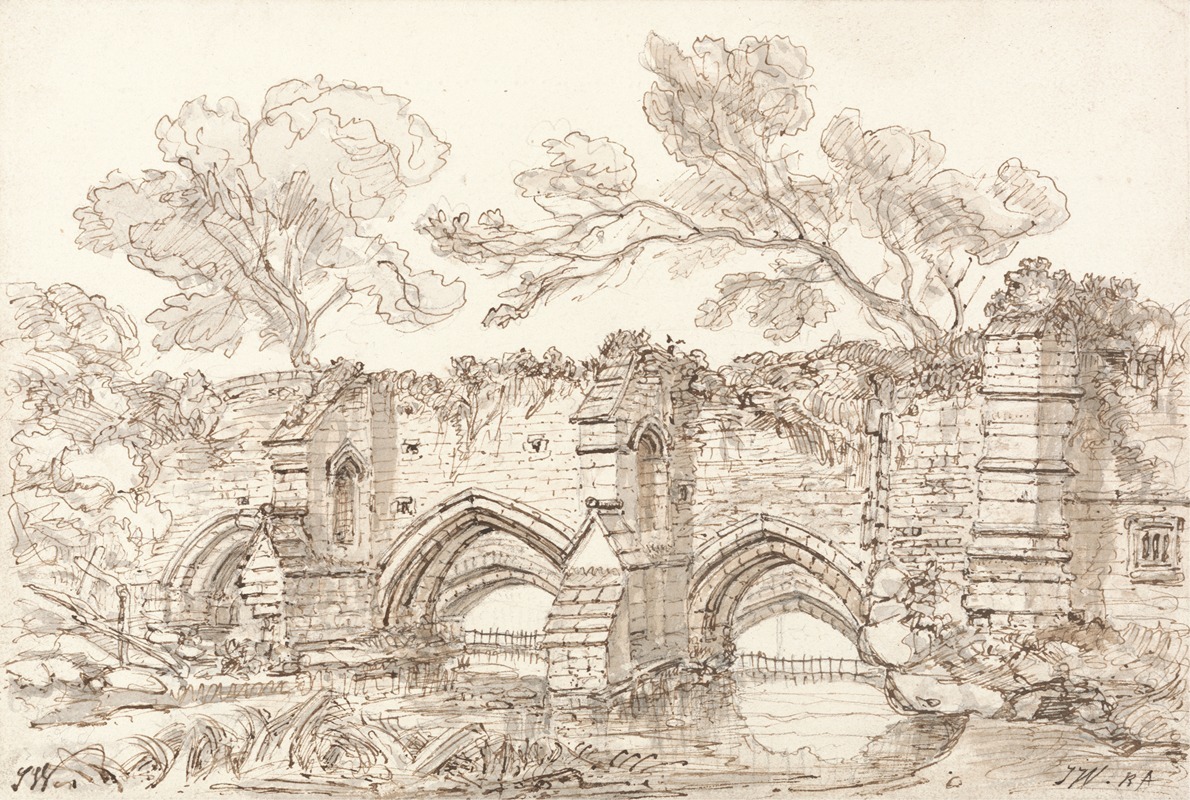
The Old Double Bridge, Bury St. Edmunds
A hand-painted replica of James Ward’s masterpiece The Old Double Bridge, Bury St. Edmunds, meticulously crafted by professional artists to capture the true essence of the original. Each piece is created with museum-quality canvas and rare mineral pigments, carefully painted by experienced artists with delicate brushstrokes and rich, layered colors to perfectly recreate the texture of the original artwork. Unlike machine-printed reproductions, this hand-painted version brings the painting to life, infused with the artist’s emotions and skill in every stroke. Whether for personal collection or home decoration, it instantly elevates the artistic atmosphere of any space.
"The Old Double Bridge, Bury St. Edmunds" is a painting by the British artist James Ward, who was born on October 23, 1769, and died on November 17, 1859. Ward was a notable painter and engraver, recognized for his animal paintings and landscapes. He was a member of the Royal Academy of Arts and contributed significantly to the British art scene during the late 18th and early 19th centuries.
The painting depicts the Old Double Bridge located in Bury St. Edmunds, a historic market town in Suffolk, England. Bury St. Edmunds is known for its rich history, including the ruins of the Abbey of Bury St. Edmunds, which was once among the wealthiest Benedictine monasteries in England. The town has been an important cultural and economic center since medieval times.
"The Old Double Bridge" captures a picturesque scene of the bridge, which was a notable landmark in the area. The bridge itself is characterized by its dual arches, which span a serene river, likely the River Lark, known to flow through Bury St. Edmunds. The painting showcases Ward's skill in rendering natural landscapes and architectural features with meticulous detail and a keen sense of light and shadow.
James Ward's work often reflects the influence of his brother-in-law, George Morland, who was also a prominent painter of rural scenes and animals. Ward's ability to depict the natural world with accuracy and sensitivity is evident in "The Old Double Bridge, Bury St. Edmunds," where the interplay of light on the water and the surrounding foliage creates a tranquil and harmonious composition.
The painting is an example of Ward's broader oeuvre, which includes a variety of subjects ranging from rural landscapes to dramatic animal scenes. His works are held in high regard and can be found in several major collections, including the Tate Gallery and the Victoria and Albert Museum in London.
"The Old Double Bridge, Bury St. Edmunds" serves as a testament to Ward's talent and his contribution to the Romantic movement in British art. His ability to capture the essence of the English countryside and its architectural heritage has left a lasting legacy, influencing subsequent generations of landscape painters.
While specific details about the exact date of creation and the current location of "The Old Double Bridge, Bury St. Edmunds" are not readily available, the painting remains an important part of James Ward's artistic legacy. It reflects his dedication to portraying the beauty of the natural world and the historical landmarks of England with precision and artistic sensitivity.





